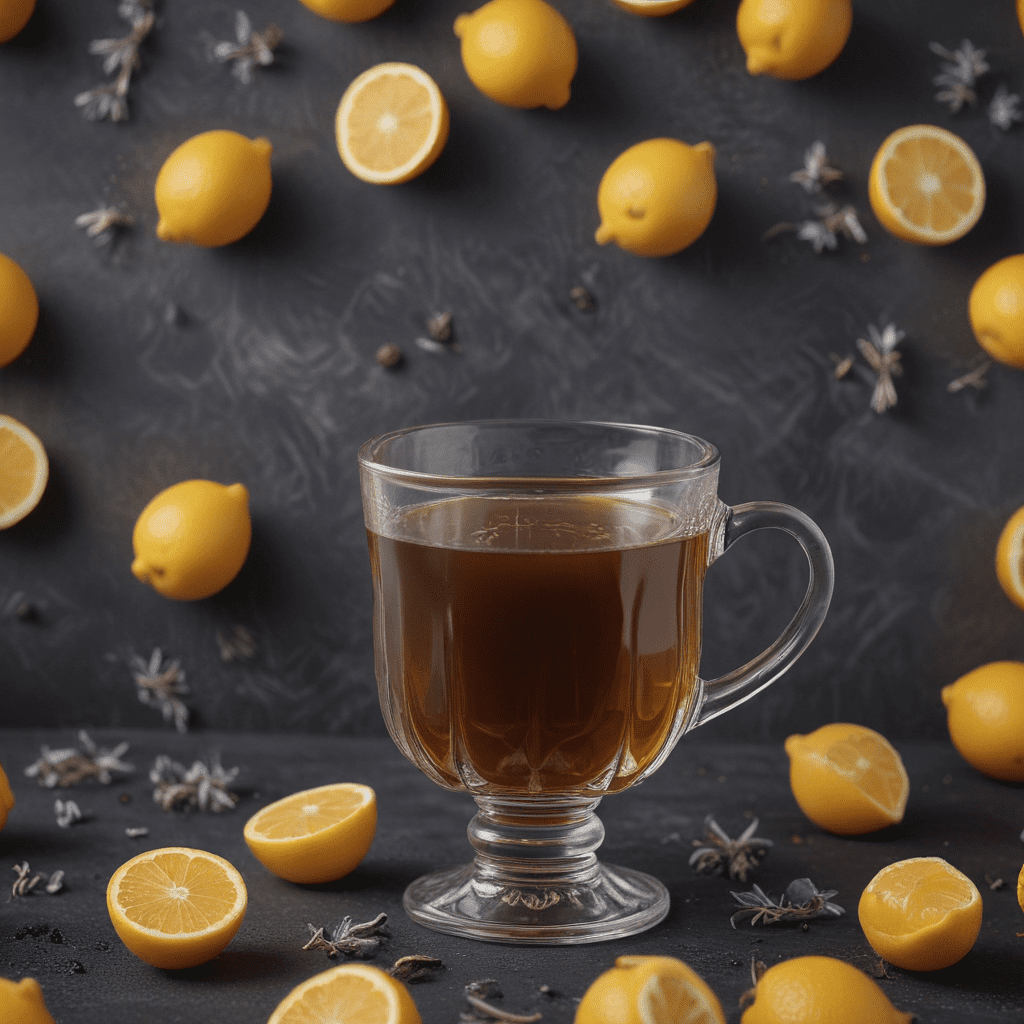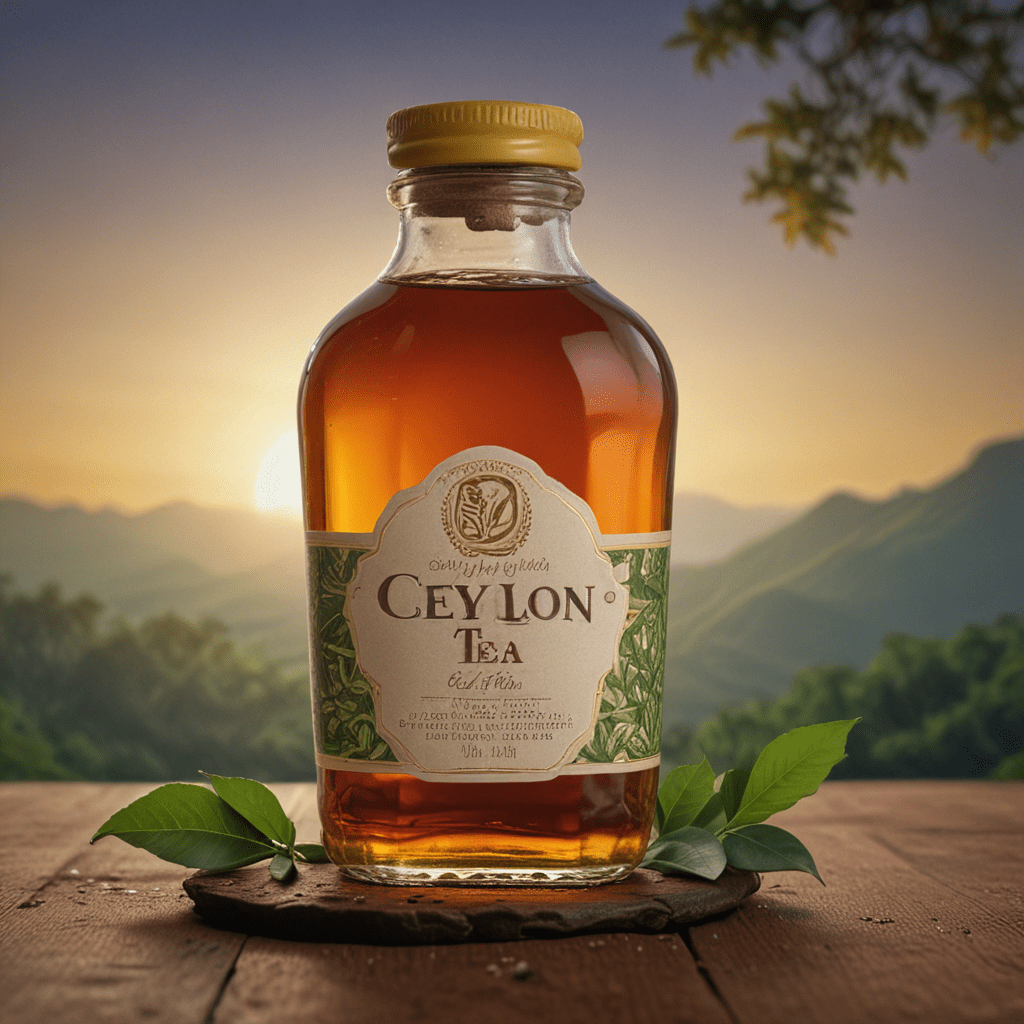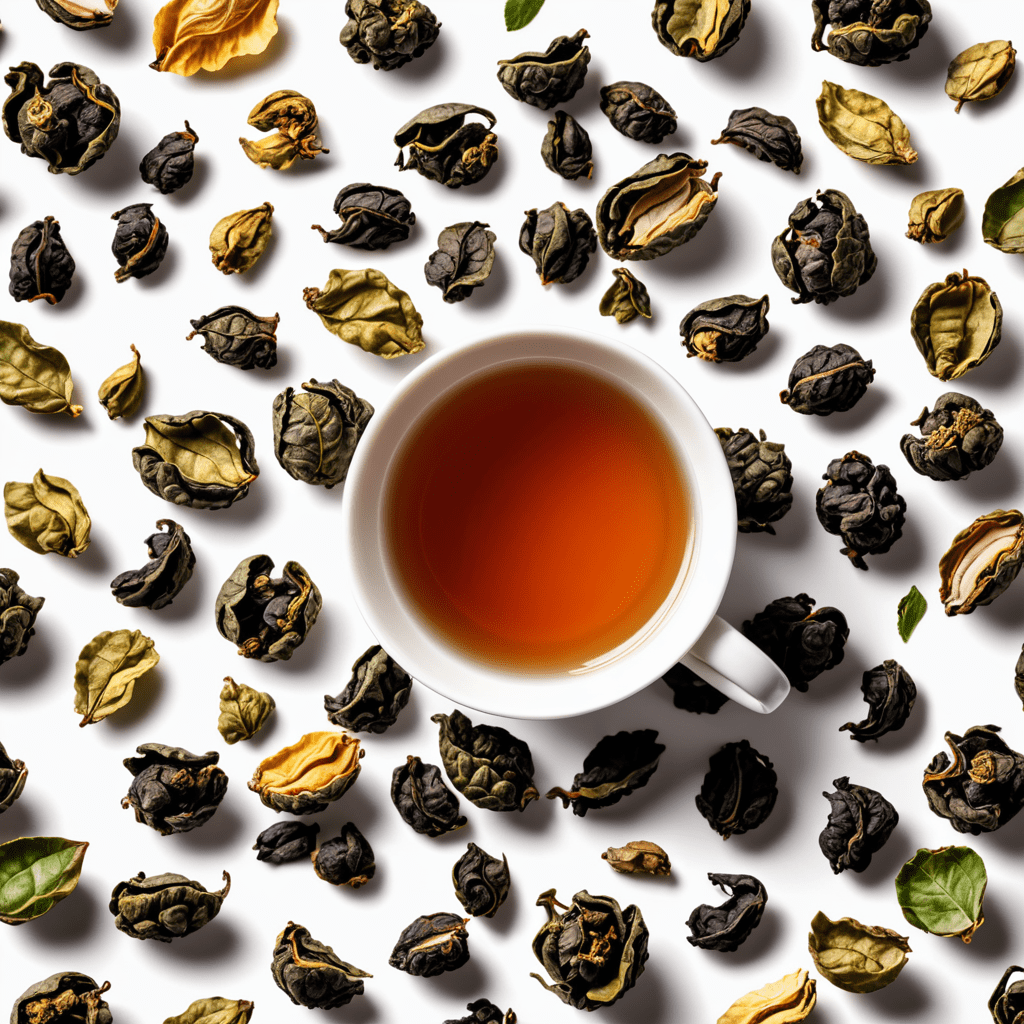Aromatic Introduction to Earl Grey
Earl Grey tea, an aromatic blend of black tea infused with the vibrant essence of bergamot oranges, has captivated tea enthusiasts worldwide. With its distinctive citrusy twist, this classic beverage tantalizes the senses, offering a refreshing and elegant experience.
The Birth of a Classic: Origins and History
The origins of Earl Grey tea are shrouded in mystery, but its story is believed to have begun in the 19th century. According to legend, a diplomat named Charles Grey, the 2nd Earl Grey, received a gift of tea flavored with the aromatic oil of bergamot oranges from a Chinese mandarin. Entranced by its exquisite taste, Earl Grey popularized this unique blend, which soon became a symbol of British aristocracy and refinement.
An Exotic Encounter: Bergamot Oranges in Britain
The introduction of bergamot oranges to Britain played a pivotal role in the creation of Earl Grey tea. Bergamot, a citrus fruit native to southern Italy, possesses a distinctive fragrance and flavor that perfectly complements the robust character of black tea. The oil extracted from bergamot peel infuses Earl Grey with its signature citrusy notes, creating a harmonious balance of flavors.
Citrus Symphony: The Perfect Blend of Flavors
The delicate balance between black tea and bergamot oil is the essence of Earl Grey's charm. The full-bodied black tea provides a robust base, while the bergamot oil adds a vibrant citrusy twist that elevates the tea to an extraordinary level. This combination creates a symphony of flavors that is both invigorating and soothing, making Earl Grey tea a timeless favorite.
Taming the Bitterness: Tea Leaves and Bergamot Harmony
Earl Grey tea is renowned for its balanced flavor profile, where the citrusy notes of bergamot complement the bitterness of black tea. The selection of black tea leaves is crucial in achieving this harmony. Robust varieties like Assam or Ceylon provide a strong foundation, allowing the bergamot to shine without overpowering the tea. The ratio of tea leaves to bergamot oil is also carefully calibrated, ensuring a harmonious blend that delights the palate.
A Twist on Tradition: Earl Grey's Transformation
Over the centuries, Earl Grey tea has evolved beyond its classic form. Modern interpretations of this beloved blend have emerged, introducing new flavors and variations. Some tea makers incorporate other citrus fruits, such as lemon or orange zest, to create a brighter citrusy profile. Others blend Earl Grey with aromatic herbs like lavender or rose petals, adding a touch of floral elegance to the tea. These contemporary variations expand the horizons of Earl Grey tea, offering a range of flavors to suit diverse preferences.
Variations on a Theme: Modern Interpretations of Earl Grey
Bergamot-Infused Black Tea
This variation enhances the classic Earl Grey experience by intensifying the bergamot flavor. Premium-quality black tea leaves are infused with a higher concentration of bergamot oil, resulting in a bolder citrusy taste. The tea retains its invigorating character while providing a more pronounced bergamot aroma and flavor, appealing to those who prefer a stronger citrus presence.
Lavender Earl Grey
The addition of lavender blossoms to the Earl Grey blend creates a harmonious balance of citrus and floral notes. The delicate aroma of lavender complements the bergamot's zestiness, adding a calming and aromatic dimension to the tea. Lavender Earl Grey is a delightful choice for those who seek a soothing and flavorful tea experience.
Rose Earl Grey
This variation combines the classic Earl Grey blend with fragrant rose petals. The delicate floral aroma of roses adds a touch of elegance to the tea, creating a captivating and aromatic experience. Rose Earl Grey appeals to those who enjoy the combination of citrusy and floral flavors, offering a refreshing and romantic twist on the traditional blend.
Tea Time Indulgence: Rituals and Pairings
Earl Grey tea is not merely a beverage; it has become an integral part of tea rituals and traditions. The perfect cup of Earl Grey is often enjoyed in the afternoon as an accompaniment to scones, clotted cream, or delicate finger sandwiches. Its citrusy flavor pairs exceptionally well with sweet and savory treats, enhancing the overall tea time experience.
Earl Grey's Cultural Impact: A Symbol of Refinement
Over the years, Earl Grey tea has transcended its origins to become a symbol of British aristocracy and refinement. It has graced countless teacups in royal palaces, elegant drawing rooms, and cozy homes, earning a reputation as a sophisticated and timeless beverage. Earl Grey tea embodies the essence of tradition, elegance, and the pursuit of a refined lifestyle.
Future Innovations: The Evolution of Earl Grey
The world of tea is constantly evolving, and Earl Grey tea is no exception. As tea makers continue to experiment with new flavors and ingredients, we can expect innovative variations of Earl Grey to emerge. The future of Earl Grey tea holds endless possibilities, promising exciting new experiences for tea enthusiasts worldwide.
FAQ
1. What is the caffeine content in Earl Grey tea?
The caffeine content in Earl Grey tea varies depending on the type of black tea used and the brewing method. Generally, a cup of Earl Grey tea contains about 40-60 milligrams of caffeine, which is comparable to the caffeine content of regular black tea.
2. Is Earl Grey tea good for weight loss?
While Earl Grey tea itself does not directly contribute to weight loss, it can be a healthier alternative to sugary drinks. It contains antioxidants and has a low-calorie count, making it a more waistline-friendly beverage choice.
3. What is the best way to brew Earl Grey tea?
To brew the perfect cup of Earl Grey tea, use fresh, filtered water and high-quality tea leaves. Heat the water to a temperature of around 195-205 degrees Fahrenheit (90-96 degrees Celsius). Steep the tea leaves for 3-5 minutes, depending on the desired strength. For a more intense flavor, you can adjust the steeping time or use more tea leaves.
4. Can Earl Grey tea be enjoyed iced?
Absolutely! Earl Grey tea can be enjoyed both hot and iced. To make iced Earl Grey tea, simply brew a batch of hot tea and let it cool before pouring it over ice. You can add a slice of lemon or orange for a refreshing twist.
5. What are some popular variations of Earl Grey tea?
There are numerous variations of Earl Grey tea available today. Some popular flavors include Lavender Earl Grey, Rose Earl Grey, and Bergamot-Infused Black Tea. These variations offer unique flavor combinations that cater to different preferences.


